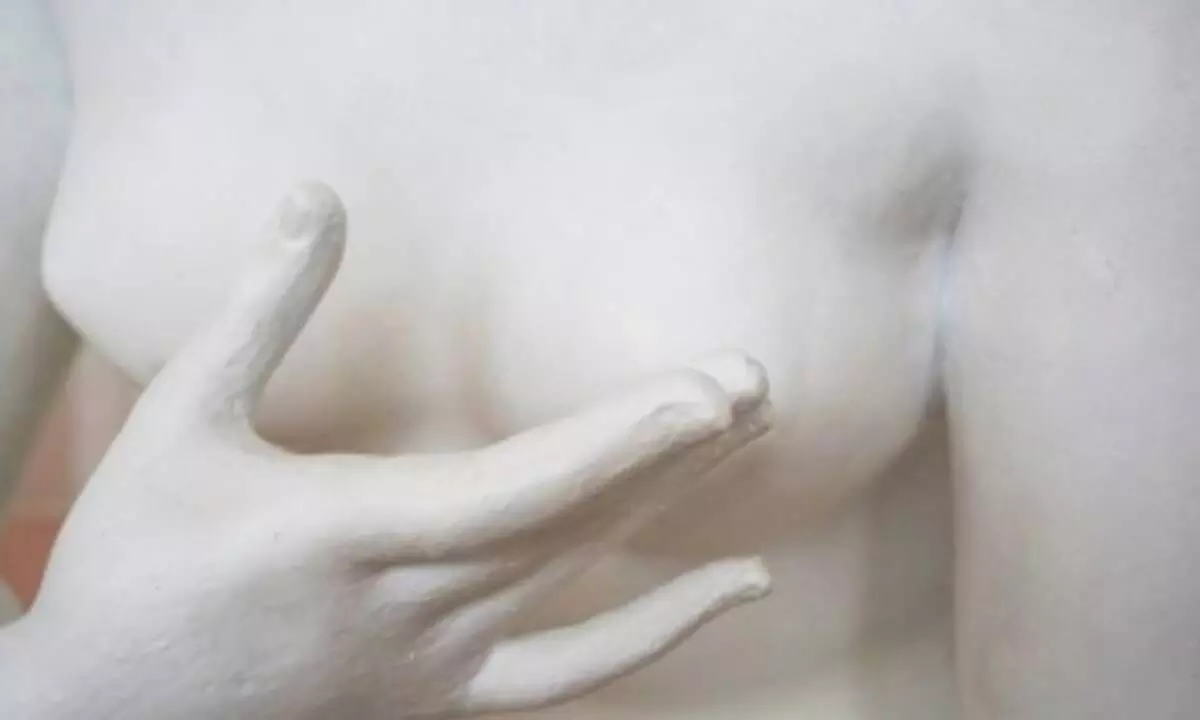When should a woman undergo mammography
Women should start getting regular mammograms at age 40 to prevent the risk of breast cancer, said doctors on Monday.
image for illustrative purpose

New Delhi, May 22 Women should start getting regular mammograms at age 40 to prevent the risk of breast cancer, said doctors on Monday.
This comes after the US Preventive Services Task Force (USPSTF), last week, in its draft recommendation suggested that women get screened for breast cancer starting at age 40 from the age of 50, as recommended earlier.
Breast cancer is the most common cancer among women globally. According to the World Health Organization, in 2020 more than 20 lakh females were diagnosed with breast cancer, and more than 6 lakh lives were lost.
In India, breast cancer is the leading cause of cancer in women.
In 2020, more than two lakh women in India were estimated to have been diagnosed with breast cancer, and more than 76,000 deaths were reported as per the estimates, according to the National Cancer Registry Programme report by the National Centre for Disease Informatics and Research.
As per the report, the number is expected to rise to more than 2.3 lakh cases in 2025.
Doctors suggest that early detection is key, and can accelerate diagnosis and treatments. If detected timely in most cases breast cancer can also be cured.
"Regular screening plays a pivotal role in identifying breast cancer. Breast cancer screening serves as an effective means of detecting it at early stages, increasing the likelihood of successful treatment. It also enhances the prospects of survival significantly," Dr. Bhavisha Ghugare, Consultant - Surgical Oncology, Breast Oncosurgeon, HCG Hospitals, Mumbai, told IANS.
"We have started seeing more young women with breast cancer and many of them come to us at later stages. So Indian women should start annual breast cancer screening with mammograms from the age of 40 years," Dr. Ghugare said.
Breast screening tests include a range of methods like mammography, ultrasonography, magnetic resonance imaging (MRI), and digital breast tomosynthesis (DBT).
However, mammograms -- an x-ray imaging method -- remain the most effective method of early breast cancer detection, and the benefits outweigh the risk of radiation. Used both as a diagnostic and screening tool, it exposes women to a very tiny amount of radiation -- about 0.4msv.
Timing of screening depends upon the breast cancer risk of the individual, Dr Uma Dangi, Consultant Medical Oncology, Fortis Hospital, Mulund - Mumbai, told IANS.
"In patients with strong family history, genetic testing is recommended. If a high risk mutation is found e.g. BRCA, screening with mammography or MRI should start as early as the age of 25 years. But for average risk females, screening with mammography should start by the age of 40 to 45 years, every 1-2 years," Dr Dangi said.
She explained that compared to the West, breast cancer incidence is more common in younger age groups in India.
"We should develop our own screening guidelines based on the pattern of incidence and availability of resources. Screening strategy should largely be risk based rather than just based on age and gender. This will not only bring down the cost, but also identify populations at high risk," Dr. Dangi said.
Further, the doctors suggested that breast awareness should begin by the age of 20 years. Women should be educated about self breast examination, early signs, and symptoms. This will lead to early detection and better outcomes.
The symptoms include new lump in the breast or underarm (armpit), thickening or swelling of part of the breast, irritation or dimpling of breast skin, redness or flaky skin in the nipple area or the breast, pulling in of the nipple or pain in the nipple area.

